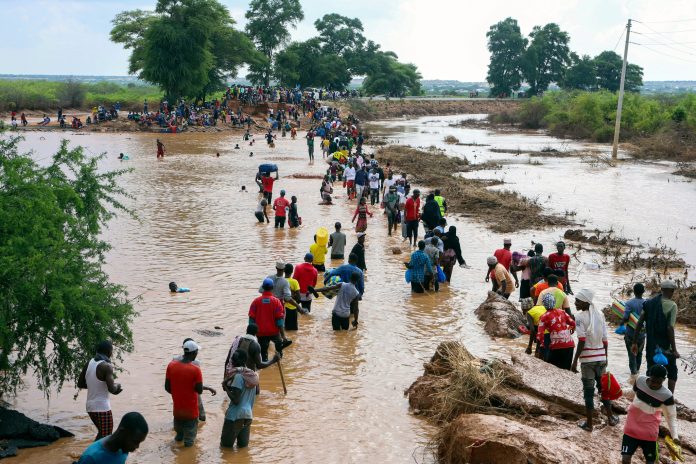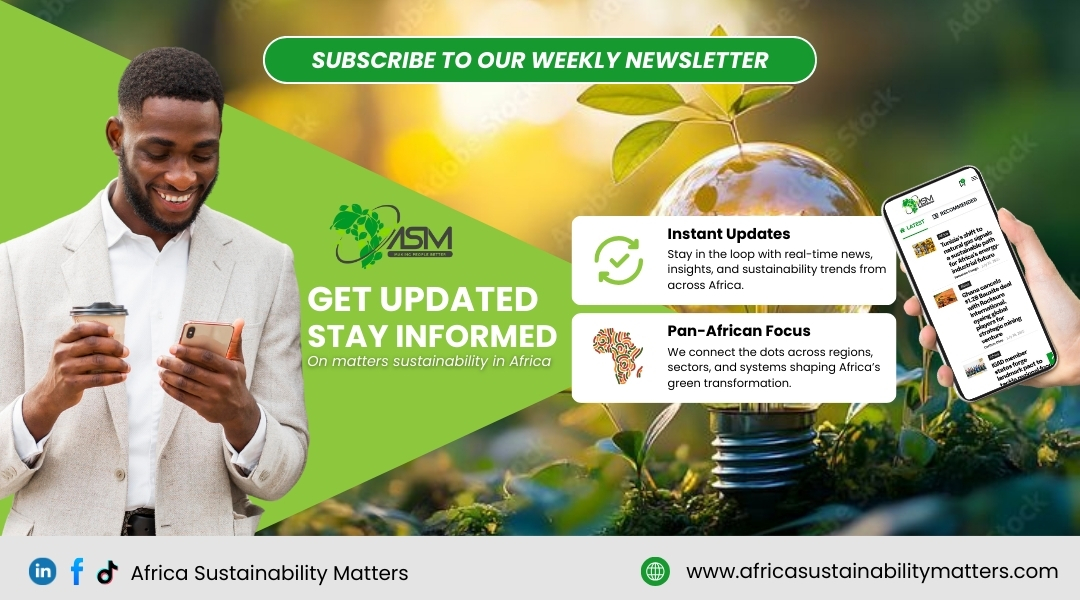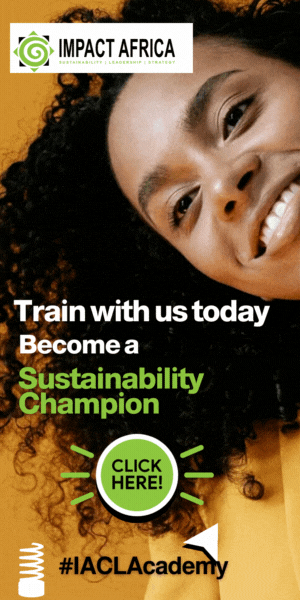The African Union Commission (AUC) has launched a decisive effort to bridge the gap between scientific research and policy action, inaugurating the first-ever Symposium of the Africa Science and Technology Advisory Group on Disaster Risk Reduction (Af-STAG DRR) in Victoria Falls, Zimbabwe.
The four-day meeting, co-organized with the Partners Enhancing Resilience for People Exposed to Risks (Periperi U) consortium, brings together scientists, policymakers, and innovators from across the continent to reimagine how Africa prepares for, and mitigates, the disasters that threaten its development trajectory.
Held under the theme “Strengthening the Role of Science, Technology and Innovation for Evidence-Based Implementation of the Sendai Framework,” the symposium marks a strategic turning point for the continent. It seeks to transform how African governments use technology and data to anticipate climate and environmental shocks, rather than merely respond to them. This shift comes as floods, droughts, cyclones, and wildfires increasingly erode livelihoods, displace communities, and reverse development gains.
Africa currently faces an estimated $30 billion in annual economic losses due to climate-related disasters. Between 2010 and 2024, more than 180 million Africans were directly affected by such events, according to continental assessments. The frequency and intensity of climate shocks have multiplied, with 2024 alone recording over 15 major flood events that displaced millions from Mozambique to Sudan.
In this context, the AU’s decision to convene scientists and policymakers under one roof signals a continental recognition that science and innovation are no longer optional, they are essential instruments of resilience.
At the opening ceremony, Zimbabwe’s Deputy Director of Civil Protection, Farai Hokonya, reaffirmed his country’s commitment to continental cooperation.
“Zimbabwe stands ready to support all African Union initiatives aimed at strengthening disaster risk reduction on the continent,” he said, highlighting the importance of coordination in an era when disasters rarely respect borders.
From the AU Commission, Harsen Nyambe, Director of Sustainable Environment and Blue Economy, underscored the urgency of scientific action. “Africa’s vulnerability to disasters is increasing, eroding our developmental gains,” he warned. “This symposium is a pivotal step towards mobilizing our continent’s scientific and technological expertise to create evidence-based solutions that protect our communities and safeguard our future.”
The Af-STAG platform itself represents a new architecture for continental collaboration. Comprising 15 experts drawn from all five African regions, it is tasked with generating data-driven insights and translating them into policy briefs, technical guidelines, and early warning strategies. The group’s two-year mandate (2023–2025) includes supporting the implementation of the Africa Regional Strategy for Disaster Risk Reduction and aligning with both the Sendai Framework (2015–2030) and the AU’s Agenda 2063.
Among the most pressing issues discussed at Victoria Falls is Africa’s limited coverage of early warning systems. Despite proven life-saving benefits, only about 40 percent of the continent’s population currently has access to reliable multi-hazard early warnings. This means that nearly 600 million people remain without advance alerts for floods, storms, or droughts. Expanding that coverage, through geospatial mapping, artificial intelligence applications, and mobile-based dissemination tools, has become a continental priority.
However, the discussions also extended beyond technology. Participants stressed the importance of integrating indigenous knowledge systems into formal disaster frameworks. From pastoralist drought prediction practices in the Sahel to coastal community risk mapping in West Africa, traditional knowledge often fills the information void where formal systems are absent. The symposium called for a hybrid model that validates and combines these insights with scientific forecasting and satellite data.
Africa’s growing urban population adds another dimension to the challenge. Unplanned urbanisation, particularly in cities like Lagos, Nairobi, and Kinshasa, has intensified exposure to flood risks and infrastructure collapse. Data shows that urban areas now absorb nearly 60 percent of Africa’s total disaster losses, underscoring the need for urban resilience planning and risk-sensitive land use policies.
To that end, one of the symposium’s tangible outcomes will be the Af-STAG Roadmap for Disaster Risk Reduction, an action plan designed to guide countries in institutionalising science-led decision-making. The roadmap will outline policy recommendations, define priority research areas, and establish collaborative platforms linking universities, national meteorological agencies, and civil protection units. It will also form the basis for resource mobilization, inviting investment from the private sector and development partners to fund applied research and technology transfer.
Read also: The climate finance gap, why funds fail to reach Africa’s most vulnerable
In his remarks, Dr. Eltson Eteckji Fonkeng, Chair of Af-STAG, described the meeting as “a turning point for the continent.” He added, “Science and technology are not just tools; they are the foundation of intelligent and proactive disaster risk reduction. Our goal is to build a clear, action-oriented roadmap that will guide Africa in leveraging its intellectual capital to reduce disaster risk and build lasting resilience.”
Engage with us on LinkedIn: Africa Sustainability Matters






